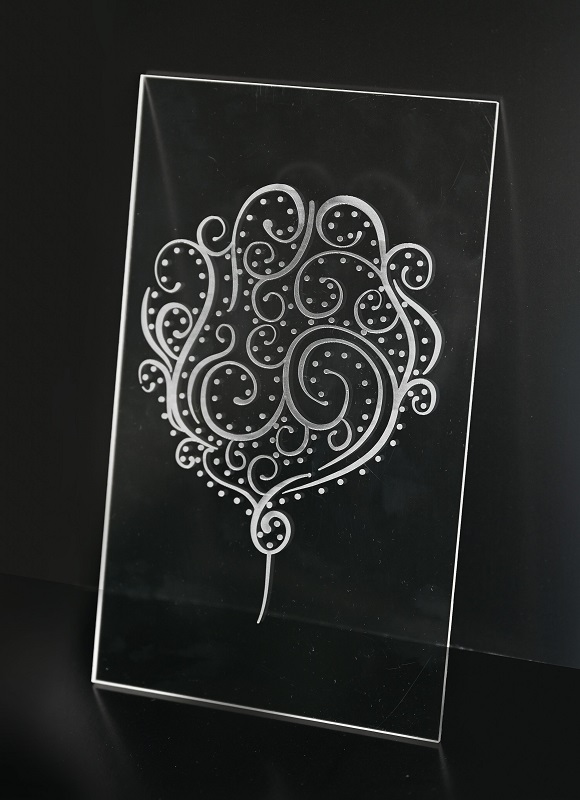co2 laser machine|What are the characteristics of carbon dioxide laser marking machine

co2 laser machine
Carbon dioxide laser marking machine is divided into CO2 glass test tube laser marking machine and CO2 frequency shooting laser marking machine. The carbon dioxide glass test tube laser marking machine is an early-generation laser marking product, and it has been widely used at this stage; but it has one defect: the service life of the CO2 glass test tube laser is only 1,000 hours, and the service life is relatively short, which cannot help enterprises. Complete large-scale marking tasks.Carbon dioxide frequency laser marking machine: Choose CO2 frequency laser, the service life is as long as 20,000 to 20,000 hours, the laser marking speed is faster, the wire frame is meticulous, because of its excellent characteristics, it can work in the production line Everyone often talks about navigation laser marking). Its occurrence has further improved productivity.
The carbon dioxide laser marking machine is characterized by the application of carbon dioxide laser, which is a universal model. This equipment can be used for laser marking of most non-metallic materials, such as paper packaging, plastic products, self-adhesive stickers, leather product fabrics, glass ceramics, resin plastics, bamboo products, PCB boards, etc. The basic principle is: laser marking is a permanent mark on the surface of a variety of different materials with a laser. The marking effect is based on the volatilization of surface substances to expose deep-seated substances, or according to the changes in the organic chemical state of the surface substances caused by solar energy to "carve" imprints, or according to the solar energy to burn a part of the substance to highlight the required ion implantation Pattern design, text. A laser with a relatively high efficiency and relative density of energy (it is a concentrated kinetic energy flow) that is directly irradiated on the surface of the raw material to be processed. The surface of the raw material digests and absorbs the kinetic energy of the laser, causing the whole process of thermal excitation in the direct-irradiated area, thereby causing the surface of the raw material (Or coating) the temperature rises, causing discoloration, melting, burning, volatilization and other conditions.